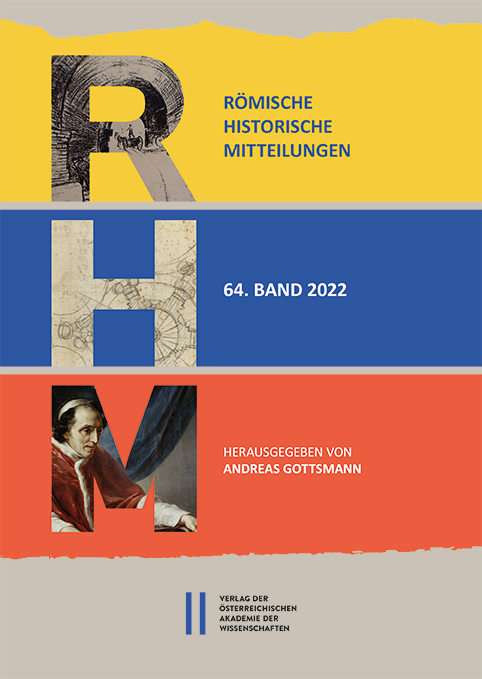
Römische Historische Mitteilungen 64/2022, pp. 55-87, 2022/12/27
Countless scientific studies from the fields of archaeological, historical and art-historical research provide a uniform idea of the historically significant monumental building of the Colosseum. According to the epigraphic evidence and the written tradition of ancient authors, the emperor Vespasian (69–79 AD) had the amphitheatre with a capacity of around 50,000 spectators built ex novo on the site of a drained lake. To this day, this view has never been critically examined, although there are signs that point to a predecessor of the Flavian building. The construction and decorative forms of the Colosseum, the findings of recent excavations in the area of the arena and finally, the known dedicatory inscription of the building offer themselves as meaningful criteria.